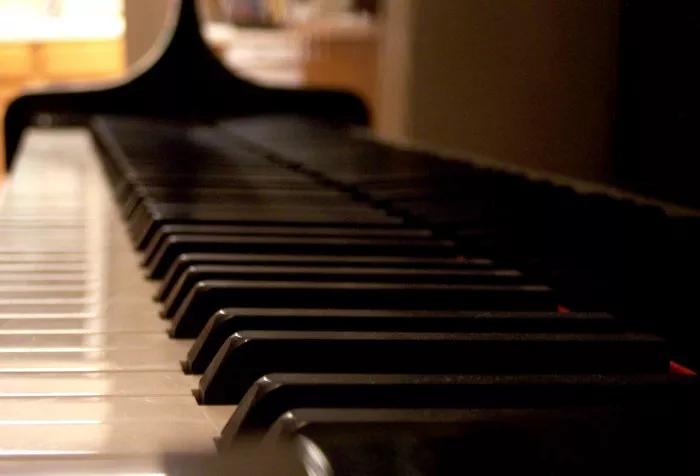Learning to play the piano is a rewarding journey that opens up a world of musical expression and creativity. For many aspiring pianists, the convenience of in-home piano lessons offers a personalized and comfortable learning experience. In this article, we delve into the factors that influence the cost of in-home piano lessons, providing prospective students and parents with a comprehensive guide to understand the investment involved in bringing the joy of piano playing directly into the home.
1. Professional Instructor Rates: Investing in Expertise
The primary component of in-home piano lesson costs is the fee charged by the piano instructor. Professional instructors bring a wealth of knowledge, experience, and pedagogical skill to their lessons. Rates can vary widely based on the instructor’s qualifications, reputation, and geographical location. In metropolitan areas, where the cost of living is higher, piano lesson rates may reflect these economic factors. Expect to pay more for instructors with advanced degrees, extensive teaching experience, and a track record of successful students.
2. Lesson Duration: Tailoring the Experience to Individual Needs
The duration of each in-home piano lesson significantly influences the overall cost. Standard lesson durations typically range from 30 minutes to one hour. While shorter lessons may be suitable for beginners or young learners, advanced students often benefit from longer sessions to cover more complex repertoire and delve deeper into musical concepts. The choice of lesson duration is a personal one, with costs adjusted accordingly to meet the specific needs and goals of the student.
3. Frequency of Lessons: Balancing Consistency and Budget
Another factor impacting the cost of in-home piano lessons is the frequency of sessions. Most instructors offer lessons on a weekly basis, providing consistent guidance and allowing students to progress steadily. However, some students may opt for bi-weekly lessons or a more flexible schedule due to time constraints or budget considerations. It’s important to strike a balance between the desired frequency of lessons and the financial commitment involved.
4. Travel Expenses: Bringing the Instructor to Your Doorstep
In-home piano lessons come with the added convenience of not having to travel to a studio. However, this convenience is reflected in the overall cost, as instructors often charge a travel fee to compensate for their time and transportation expenses. The travel fee may vary based on the distance between the instructor’s location and the student’s home. Negotiating a reasonable travel fee with the instructor is essential to ensure a fair arrangement for both parties.
5. Materials and Resources: Investing in Learning Tools
Piano instructors typically provide a structured curriculum and learning materials to facilitate the student’s progress. These materials may include sheet music, instructional books, and digital resources. Some instructors incorporate technology, such as online practice platforms or educational apps, into their lessons. While these resources enhance the learning experience, they may contribute to additional costs. It’s advisable to discuss the cost of materials with the instructor upfront to better understand the overall investment.
6. Studio Policies: Clarifying Expectations and Fees
Each piano instructor may have specific studio policies that outline expectations, cancellations, and additional fees. Some instructors charge a fee for missed or rescheduled lessons, while others may offer a more flexible approach. Understanding the studio policies beforehand is crucial to avoid any misunderstandings and to ensure a smooth learning experience. Clear communication with the instructor regarding policies and fees will contribute to a positive and transparent student-teacher relationship.
7. Evaluating the Total Investment: Balancing Quality and Affordability
As prospective students or parents consider the cost of in-home piano lessons, it’s important to view it as an investment in musical education and personal enrichment. While budget considerations are valid, prioritizing the quality of instruction and the compatibility of the learning environment is equally crucial. Comparing the rates of different instructors, understanding the services included, and assessing the overall value offered will assist in making an informed decision that aligns with both educational goals and financial capacity.
See Also: The Depths of Sadness in Classical Piano: A Complete Guide
Conclusion: Nurturing Musical Talents through In-Home Piano Lessons
In-home piano lessons provide a tailored and convenient avenue for individuals to embark on or continue their musical journey. While the cost of such lessons may vary based on several factors, the investment made in quality instruction, personalized attention, and the comfort of learning in one’s own space can be immeasurable. By considering the factors outlined in this comprehensive guide, prospective students and parents can make informed decisions that strike a balance between the financial commitment and the invaluable benefits of in-home piano education.


